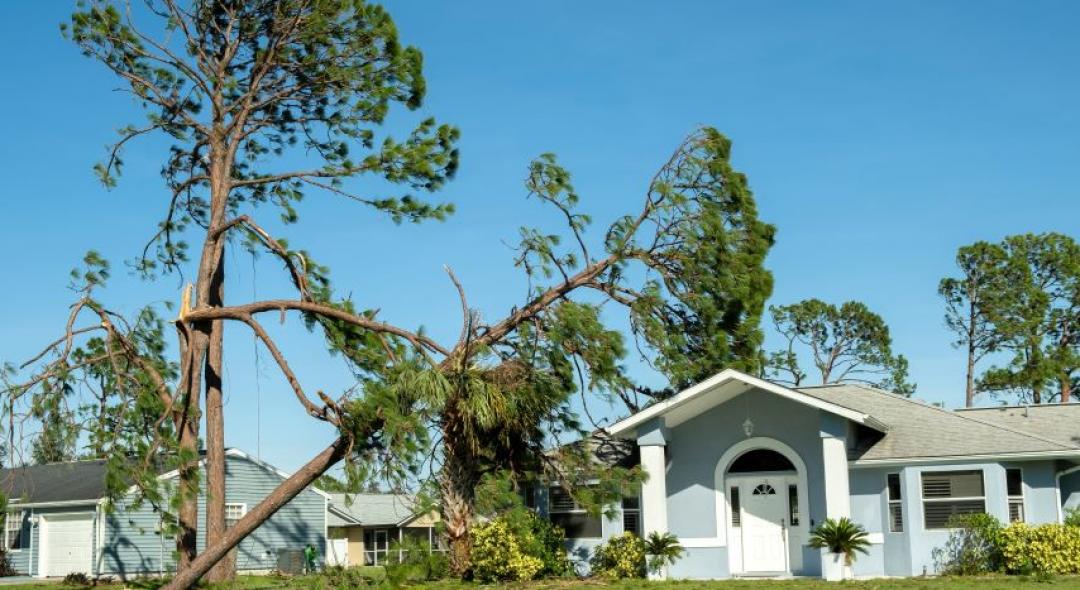
Get roof flashing repair done with these simple steps: Ensure safety, gather the necessary tools, inspect the damage, clean the area, remove the old flashing, cut the replacement flashing, apply roofing cement, secure the flashing, seal the edges, check for proper fit, and test it!
Have you got a roof flashing leaking? Read our complete guide and understand all the 11 steps we gathered here to help you. From preparing the place to inspecting the result, after you end reading, you will have no doubts!
How To Repair A Roof Flashing Leak?
If you want to try DIY roof flashing repair, follow these steps: ensure safety, gather the necessary tools, inspect the damage, clean the area, remove the old flashing, cut the replacement flashing, apply roofing cement, secure the flashing, seal the edges, check for proper fit, and test it! Remember that cracked flashing is a common cause of roof leaks!
Check the details of each step below!
- Ensure Your Safety: Before you start any repair work, ensure your safety by wearing appropriate gear such as gloves, goggles, and non-slip footwear. Also, use a sturdy ladder and have someone assist you if needed.
- Inspect The Damage: Begin by carefully examining the area around the leak to identify the source of the problem. Look for any damaged or corroded flashing and note its location.
- Gather Your Tools: Equip yourself with the necessary tools and materials for the repair, including a caulking gun, roofing cement, replacement flashing, a pry bar, and a utility knife.
- Clean The Area: Remove any debris, dirt, or old caulking around the damaged flashing using a wire brush or scraper. A clean surface ensures better adhesion for the new materials.
- Remove Old Flashing: Use a pry bar to carefully lift and remove the old flashing from the roof. Take your time to avoid damaging surrounding shingles or roofing materials.
- Cut Replacement Flashing: Measure and cut the replacement flashing to fit the area precisely. Use a utility knife or tin snips for accurate cuts.
- Apply Roofing Cement: Apply a generous amount of roofing cement to the underside of the new flashing and press it firmly into place over the damaged area.
- Secure The Flashing: Use roofing nails or screws to secure the flashing in place, ensuring it is tight against the roof surface and neighboring flashing.
- Seal The Edges: Apply additional roofing cement along the edges of the new flashing to create a watertight seal. Smooth out the cement for a neat finish.
- Check For Proper Fit: Double-check that the new flashing sits snugly and securely against the roof surface without any gaps or loose edges.
- Inspect And Test: Once the repair is complete, inspect the area for any missed spots or signs of potential leaks. Test the repair by spraying water over the patched area and checking for any leaks inside your home.
By following the 11 expert tips, you can transform this roof repair with DIY solutions!
For flat roof flashing repair, opt for flashing materials compatible with your flat roof system, such as rubber, PVC, or metal, and select sealants specifically designed for flat roofs. To ensure all is secure with flat roofs, reinforce the weak areas and apply multiple layers.
Another extra tip is that if you need metal roof flashing repair, compatibility between the flashing material and the metal roof is essential. Use matching fasteners and sealants to prevent galvanic corrosion.
What Is The Average Roof Flashing Repair Cost?
On average, expect to pay anywhere from $ 200 to $ 600 for minor repairs, while more extensive repairs or replacements may cost between $ 500 and $ 1,500 or more. No matter the price, you should add roof flashing to your roof inspection checklist!
Get a quote from homeyou's roofing contractors and we guarantee you won't regret it! They will help you with your roof flashing repair efficiently and inexpensively.
